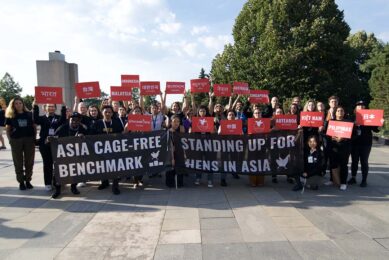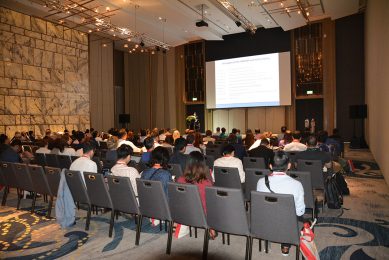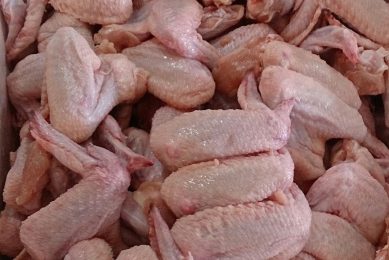Capturing investment opportunities in Asia’s poultry supply chain

After 2 tough years, a leading bank is suggesting that entrepreneurs and businesses should look at capturing investment opportunities in Asia’s poultry supply chain.
In its latest research report, Rabobank says that South and Southeast Asia will be the world’s fastest-growing poultry markets over the next 6 years, with a combined growth forecast of 30% to 2030, marking a recovery from the slow growth recorded between 2020-2023.
The slow growth in these past 2 years was primarily due to the Covid-19 pandemic, which heavily affected sales in foodservice and traditional markets, leading to an oversupply in many markets and a need to rebalance supply to lower demand. High feed costs, African swine fever and slower economic growth, and to a lesser extent avian influenza, also caused past problems.
Economic and population growth, and changing consumer preferences
The new growth is mainly driven by the region’s strong economic outlook, population growth and a change in preference towards poultry meat. In addition to volume growth, many value opportunities will emerge due to the rise of modern distribution networks and platforms, which include fast-expanding food service offering, online food sales and modern retail. This will increasingly create opportunities for value addition and branding strategies.
Nan-Dirk Mulder, Rabobank senior animal protein global specialist, said he expected Asia to dominate the share in global poultry market growth by 2030, taking 55% of the share (China 15%, Southeast Asia 14%, South Asia 14%), other Asia 12%) with the rest of the world making up the remaining 45%.
“We see 3 main drivers for the expected bullish market condition: recovering growth in spending power, ongoing population growth and changing consumer preferences. South and Southeast Asia are expected to represent around 45% of global population growth between 2022 and 2030, according to UN Population Division 2022 forecasts, with 3-quarters of this growth expected in India, Pakistan and Bangladesh.
“Around 50% of total animal protein consumption is seafood, 25% is poultry and 25% is other animal proteins. This is gradually changing…”
“Economic growth is the second major driver. The International Monetary Fund expects annual GDP growth in the Association of Southeastern Asian Nations countries to recover to around 4.5% while CPI is expected to fall to around 2.3% between 2024 and 2028. This will likely mean further increases in spending power and, in turn, a rise in animal protein consumption in these countries,” says Mulder.
“The third major factor is changing consumer preferences. Increasingly, consumers in Asia choose between buying seafood and poultry. Around 50% of total animal protein consumption is seafood, 25% is poultry and 25% is other animal proteins. This is gradually changing as consumers increasingly opt for poultry. In Northeast Asia, for example, seafood consumption has been always high but has seen declines in recent years, especially in Japan,” says Mulder.
He continues: “Consumers are shifting due to its strong price position, health benefits, taste and convenience, as well as its greater availability due to big investments in production and its wide presence in foodservice channels. Pork is a popular protein in Vietnam, the Philippines and Thailand but the industry is still struggling with the impacts of African swine fever, which has led to a further consumer shift towards poultry.”
Most growth will come from local production but imports will play a strategic role in the regional supply chain. Food security remains a priority, and with less than 5% of the market supplied by imports, there is potential for countries like Thailand, India and Vietnam to emerge as major exporters.
 Beheer
Beheer











 WP Admin
WP Admin  Bewerk bericht
Bewerk bericht